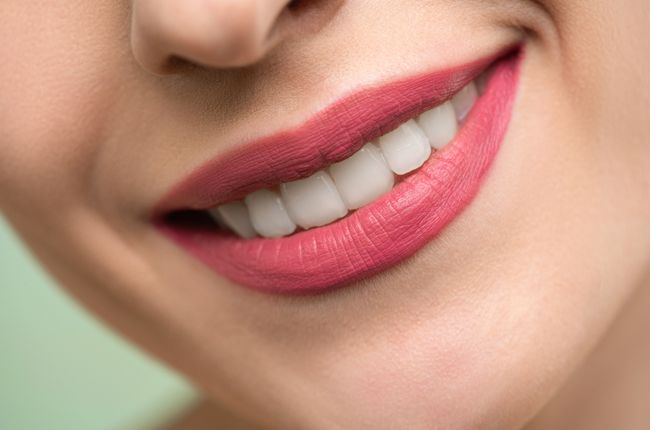
A dental bridge may consist of one tooth or several teeth supported by one or more crowns. The teeth on both sides of the gap are prepared to be fitted with the crowns that support the artificial tooth or teeth that are attached to them, effectively bridging the gap left by the missing tooth. The bridge is then cemented into place. A bridge can be a good option for people who have a missing tooth or teeth. It can be an alternative to partial dentures or dental implants.
There are several advantages to using a bridge to replace one or more teeth. First, bridges can be made to look very natural. Bridges will blend in seamlessly with the natural teeth, allowing the patient to maintain their beautiful smile. Second, a bridge is supported on each side by teeth and does not require invasive procedures like a dental implant, though an implant-supported bridge is an option. Finally, a bridge will help maintain the shape of the patient’s smile. If a tooth is missing, the other teeth around it may begin to shift into the open space. This can cause the other teeth to become crooked or out of place. A bridge will prevent this from occurring.
A traditional bridge replaces one or more missing teeth by “bridging the gap” and is secured by the component crowns on the teeth on either side of the space. Traditional bridges can be made from different types of materials, including metal and porcelain fused to metal.
Traditional bridges require at least two dental visits. Your dentist will prepare the teeth on either side of the space by removing a portion of the enamel and dentin. We will then make an impression of the teeth, which is used to create a custom bridge. A temporary bridge may be placed to protect your prepared teeth while the dental laboratory creates your permanent bridge. On your next visit, your dentist will remove your temporary bridge and place your permanent bridge.
A cantilever bridge is a dental restoration that replaces one or more missing teeth. Unlike a traditional bridge, a cantilever bridge consists of one or more false teeth that are attached to only one crown on one side. This bridge is used on missing teeth that have healthy teeth only on one side.
A Maryland bonded bridge is a fixed dental restoration. Unlike a traditional bridge, a Maryland bonded bridge is not held in place by crowns or dental implants. Instead, the artificial teeth are supported by metal “wings” bonded to the patient’s own natural teeth.
Implant-supported bridges use dental implants instead of crowns to support the bridge that replace missing teeth. They are considered a permanent solution for patients who want to replace missing teeth. The implant-supported bridge is made to resemble a natural smile, and the implant posts help restore the strength of the tooth.
Dental bridges can be brushed and flossed just like your natural teeth. However, flossing around the bridge is slightly different than flossing around teeth, so make sure to floss gently and with waxed dental floss. Be sure to visit your dentist at least twice a year for checkups and cleanings.
To find out more about the dental services offered at Bucks Dental, call (215)-220-3395 or schedule an online consultation. You can also visit us at 1151 S Broad St, Lansdale, PA 19446.
MON Closed
TUE 8:00 am - 5:00 pm
WED 9:00 am - 5:00 pm
THU 8:00 am - 5:00 pm
FRI 9:00 am - 6:00 pm
SAT By appointments only.
SUN Closed